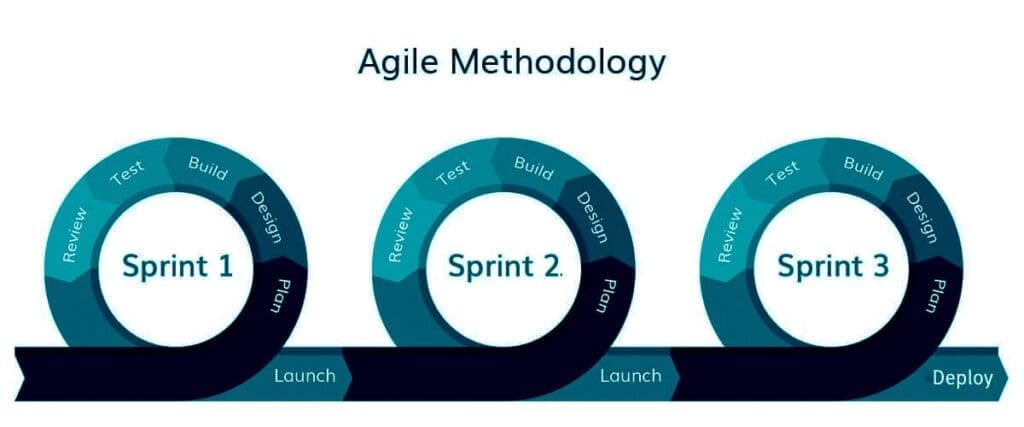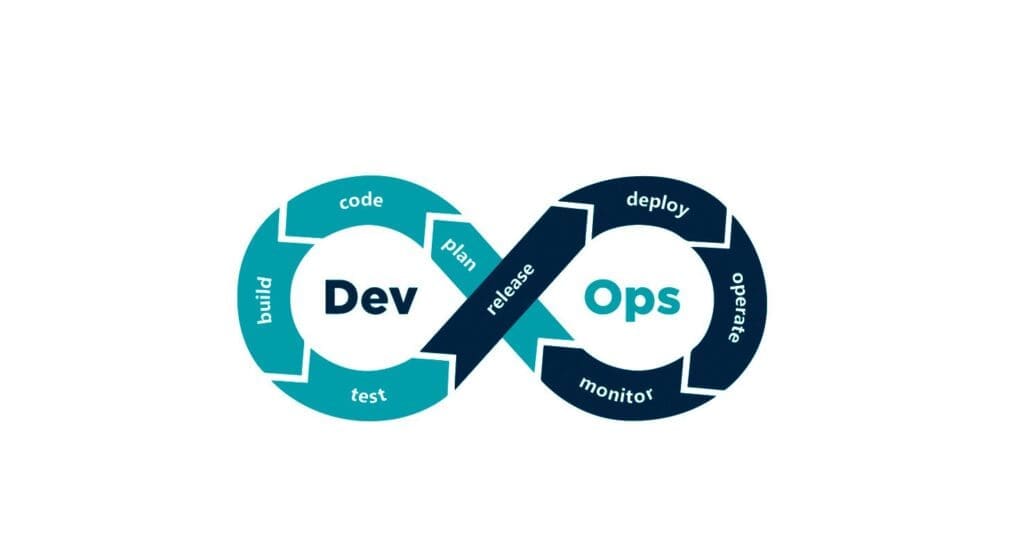Analysis and project management for Baloise Family Plan by Hybrid
Full-service

The development of the Family Plan platform marks an important step in Baloise’s digital strategy. Thanks to a well-thought-out approach, a multidisciplinary team, and an agile working method, Hybrid succeeded in delivering a high-performing MVP within a tight timeline.
Baloise
Challenge
Build a user-friendly customer portal in just 5 months, integrating multiple internal departments, systems, and objectives.
Partner
Collaboration since
06/2018
Background
Baloise Insurance is the commercial name of Baloise Belgium NV and is part of the Swiss Baloise Group. The insurance company was formed from the merger of Mercator, Avéro, and Nateus. As an insurer, Baloise wanted to directly engage its existing customers for the first time via the Family Plan platform.
With the Family Plan, customers gained access to competitions, discount codes, and benefits. At the same time, the platform became a smart way to capture missing customer data and synchronize it with internal systems. Non-customers were informed about the offer through the platform and invited to contact their broker.
The delivery of this first customer-focused platform had to be completed within the tight five-month deadline.
The challenge
First customer touchpoint for Baloise focused on existing customers.
To make this platform a success, Baloise had to combine multiple objectives:
- Engage existing customers and collect additional data
- Provide a simple registration and login process
- Provide a CMS for internal management
- Integrate with internal IT, marketing, GDPR, and brokers
- Properly inform and guide non-customers
All of this had to be achieved in a short time frame via a multidisciplinary team, respecting both technical and functional requirements.
Why Hybrid Agency?
Baloise engaged Hybrid for end-to-end guidance of the Family Plan platform, from concept validation to launch. Thanks to our experience with complex digital projects and our agile approach, we were able to act quickly and provide structure in a project with many stakeholders, technical requirements, and a tight deadline.
Our Digital Project Manager assembled the right profiles into a multidisciplinary team, ensuring that every component—from analysis and UX to development and QA—was seamlessly aligned. By using an MVP approach, we could quickly deliver value while simultaneously creating a solid foundation for further growth.

The collaboration
The project started with an intake and kick-off meeting, where our Digital Project Manager assessed the feasibility of Baloise’s initial concept. Together with the business managers, a first feasibility analysis was conducted in the form of a preliminary study. All relevant stakeholders were mapped: internal IT, marketing team, GDPR officer, involved brokers, and Baloise’s end customers and prospects.
The goal of this phase was to clarify the desired outcome, the deadline, and the role of each stakeholder. Based on this input, a concrete plan of approach and an estimate of the required workload were drawn up.
Once the initial lines of the project were clear, the project team composition was determined. Baloise appointed two business managers for the customer-focused features, and a project manager and functional analyst for technical coordination.
Hybrid supplemented this team with a self-managing SCRUM team of 10 people, led by a Digital Project Manager. The ideal team composition included:
- Digital Project Manager
- Product Owner
- UX/UI Designer
- QA Engineer
- Backend Developer
- Frontend Developer
- Scrum Master
- Performance Marketeer
An important aspect at the start of the project was choosing the right approach together. There are various methodologies to successfully tackle a web project. At Hybrid, we prefer an Agile or Growth Driven Design approach and always start by delivering an “MVP,” a minimum viable product.

Instead of creating your website in its entirety, you identify the most valuable pages and build these first. An important premise behind the idea of MVP is that you create a real product that you can then offer to see how real visitors interact with these pages.
After delivering the MVP, you then continue to adjust and expand the website! Instead of redesigning the site every two to three years with outdated content that no longer corresponds to the organization’s priorities, you continuously optimize your website. This principle is called Growth Driven Design!
The initial focus was on core functionalities:
- UX/UI for all existing pages and related emails for both desktop and mobile
- Login and registration via unique codes
- Identification and login of existing customers
- Integration with the mail automation client and welcome email with unique gift code
- My-account section showing participation in competitions, specific benefits, and news
- Manual import of existing customers, associated gift codes, and export of newly captured data
- Basic interface for the underlying CMS
After release, additional backlog features were addressed:
- Automating manual exports and imports
- Displaying a customer’s broker in the my-account section
- Additional mail/gift code as a birthday present
- Opt-out options in the my-account section for all mail communication
Future enhancements include content per language, personal data management, campaign dashboards, and video content in the CMS.
Timeline:
During the analysis phase, all ideas were converted into user stories with wireframes, which were later approved and compiled into a final backlog. This ensured clear alignment and efficient collaboration.
The design team created final user flows in mockups via Invision, in accordance with Baloise brand guidelines. The development team of four Laravel developers implemented the platform. The team worked in two-week sprints, following SCRUM and DevOps best practices, with continuous feedback and short iterations.

All features were tested by QA engineers. Test cases and documentation were prepared, bugs were logged, and corrections applied. After internal validation, the project was handed over to Baloise for User Acceptance Testing (UAT), where business owners verified and approved functionalities.
Due to internal dependencies at Baloise, it became clear that the initial end-of-February deadline was tight. In consultation, the partnership was extended by two months. This freed up resources and ensured the quality of the go-live.
Results and impact
On May 6, 2021, the MVP for the Family Plan was successfully launche! A rewarding milestone for the work since October 2020. The project proved to be a success for both Baloise and its customers.
To date, 5,500 customers have registered, half of whom opted in to receive newsletters. Over the past three months, the platform has averaged 800 page visits per month, with increases in both visitors and registrations whenever Baloise invites new Family Plan customers to the platform.

The future
Baloise was very positive about the collaboration and decided to continue working with the team to implement remaining backlog ideas. Two additional releases have been completed, with 3–6 month tickets still in the backlog for further development by the end of 2022.
We also monitor the log daily for potential production bugs and maintain the application, including framework, package updates, and server maintenance.
Conclusion
The development of the Family Plan platform marks an important step in Baloise’s digital strategy. Thanks to a well-thought-out approach, a multidisciplinary team, and an agile methodology, Hybrid succeeded in delivering a high-performing MVP within a tight timeline. The positive results, ongoing customer engagement, and extended partnership demonstrate that the platform is not only technically robust but also strategically impactful. A prime example of how digital transformation truly delivers when all stakeholders are aligned.



